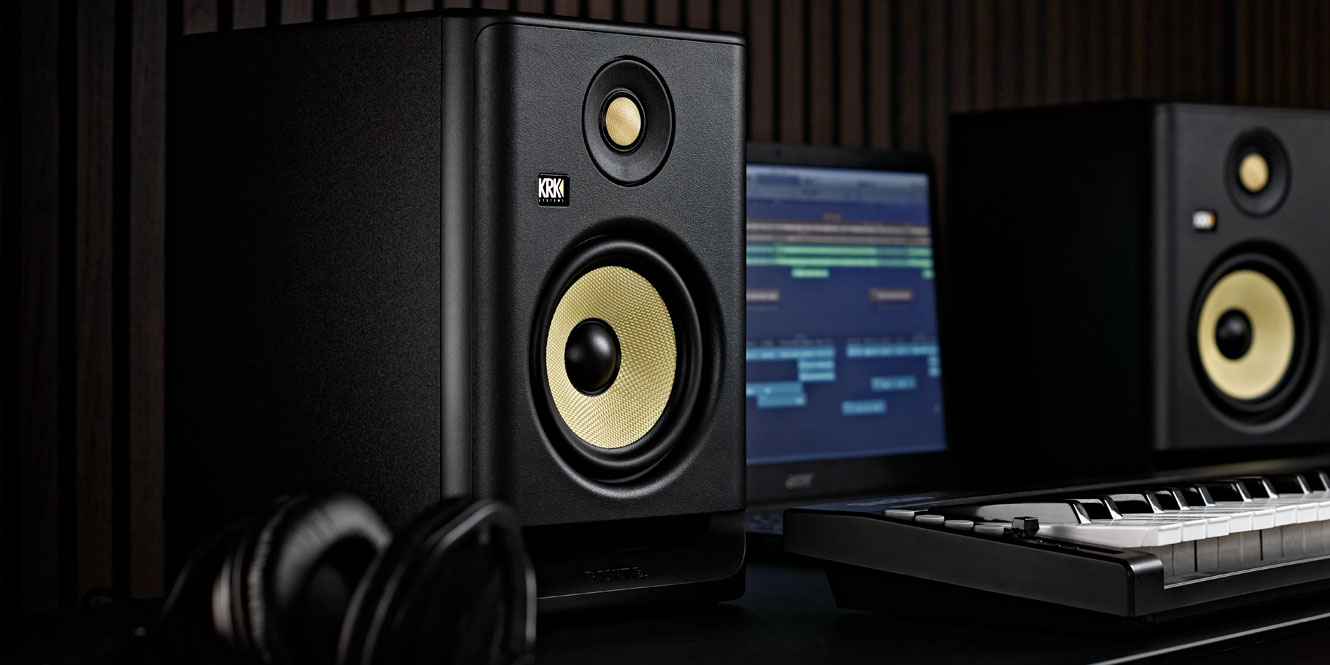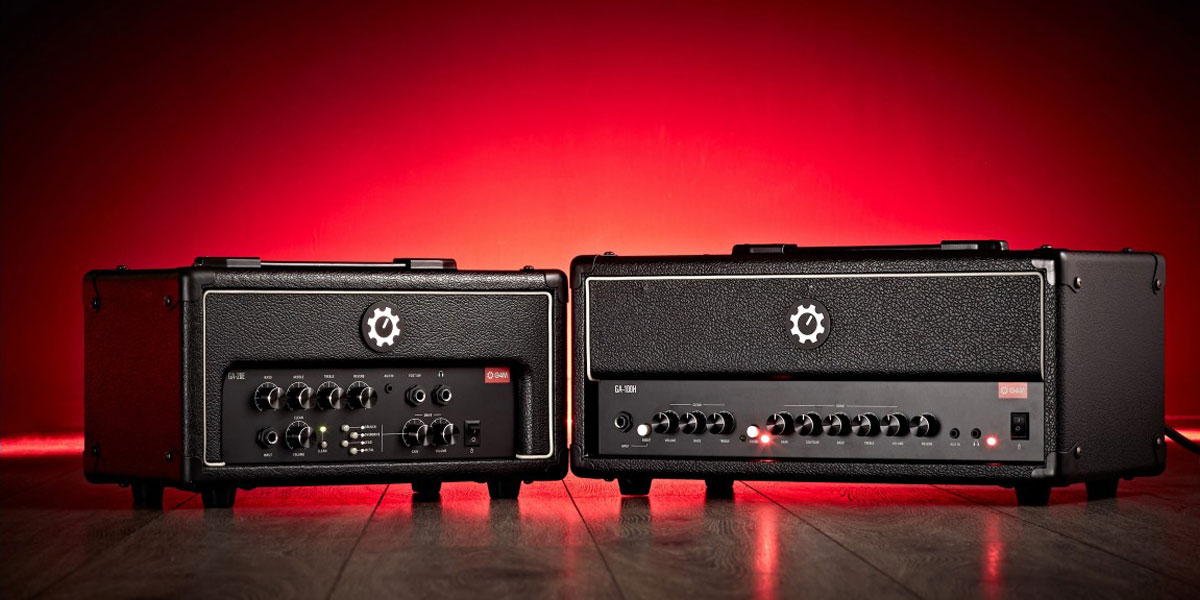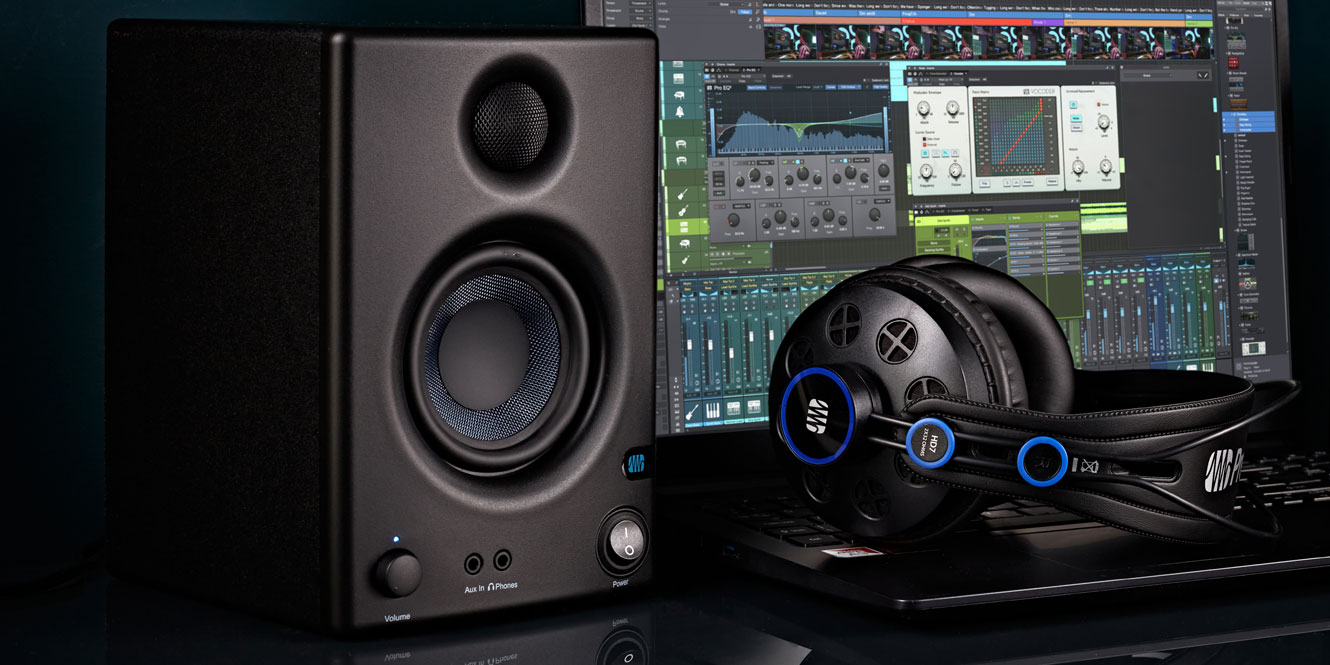Speaker wiring can impact a broad range of things – from guitar amps and cabs to PA speakers, studio monitors, and Hi-Fi setups. Deciding or modifying speaker wiring can be an important aspect of your sound system.
So, why would we want to wire our speakers in parallel or wire them in series? Let’s take a closer look and compare the two in our wiring speakers in parallel vs. series guide.
In a nutshell
Parallel wiring is the most popular of the two because it’s simpler than series wiring and doesn’t require you to loop cables back to the amplifier.
Another benefit of parallel wiring is that it reduces impedance, which means the speakers draw more power from the amplifier, making them louder. However, to prevent any damage, you want to make sure the speaker load doesn’t go below the amplifier’s rating.
Wiring speakers in parallel vs. series
What’s the difference?
In short, wiring speakers in series increases the speaker resistance, and parallel wiring reduces it. Depending on the kind of amplifier and speaker you’re using, you may want to adjust speaker resistance. Lowering it means that your speakers will draw more power from the amplifier, resulting in a louder and often clearer sound.
We see speaker wiring in a range of places: guitar combo amps or cabinets, installation audio, PA speakers, car sound systems, studio monitors, and Hi-Fi setups are probably the most common settings.
Parallel wiring, in particular, tends to be used in speakers with multiple drivers, i.e., PA speakers, studio monitors, and Hi-Fi setups. Series wiring, on the other hand, is better for single full-range speakers or speakers dedicated to certain frequencies, as we see in guitar cabs, subwoofers, and car sound systems,
Aside from maximising the amplification and, therefore, the loudness and efficiency of the system, parallel wiring is used for speakers with multiple drivers because it accounts for speaker crossover. In parallel, speakers with a midrange driver and tweeter – as we see in two-way speaker systems – will get the resistance and frequency information they need sent to each driver, providing more consistency.
In series, we need a single frequency range because otherwise, the speaker crossover will suffer from a ‘crossover shift’, which means that a tweeter might get more midrange information than it should. This can cause distortion as it’s unable to reproduce these frequencies properly. The extra capacitance and inductance here can also cause other sound issues, like phasing. Naturally, this won’t sound very good.

Which is the best way to connect speakers?
The best way to connect your speakers will depend on the kind of audio system you’re operating.
For something that relies on full-range drivers, or drivers dedicated exclusively to a single frequency range like subwoofers, guitar cabs, and car stereo systems or installation audio, series might be the only choice. However, these systems could still benefit from parallel wiring in certain cases – it all depends on your amplifier’s power rating.
Usually, parallel wiring is the best for improving sound quality and getting more power out of your amp. You want resistance to remain equal to or above the amp’s impedance rating no matter what. In some cases, depending on the rating of your speakers and amplifier, this may not be possible in parallel without changing your speakers.
Remember, if you go below your amplifier’s minimum impedance, you could risk causing damage to both the amp and your speakers!
Let’s take the example of an amplifier with a minimum rating of 4 ohms. When wired in parallel with two 8-ohm speakers, you’ll reach a load of 4 ohms, meaning you get the maximum power of the amp on top of all the sound quality benefits. However, if our amplifier was rated at 8 ohms, we’d be below the minimum impedance and start to risk damage.
A combination of series and parallel
So, how do we split the difference to get the most out of our amp while still preventing damage? That’s where combination series and parallel wiring come in. Combination wiring is great for when we have multiple sources that we need to use separately, like multiple 2 x 12 guitar cabs hooked up to a single amp head, or a single 4 x 12 cab that we want to extract more power out of.
This consists of two sets of series-wired speakers that are then connected to each other in parallel. Combination wiring helps to extract more power from the amp while getting us closer to the amp rating when full parallel wiring would set us below the amp rating and cause damage.
Connecting cabinets to amplifiers
When connecting cabinets to amplifiers, we have to make sure the impedances match the amplifier. If you’re connecting a single-speaker cabinet, this is a very easy direct connection between the two. If the amp is rated at 8 ohms, connect an 8-ohm speaker cabinet. If it’s rated at 4 ohms, connect it to that. Easy, right?
But it gets more complicated with more speakers involved. This is where we have to consider both the rating of the speakers and the method of wiring.
If we have two single-speaker cabinets, we can treat them as parallel wiring, and connect two 8-ohm cabinets via 4-ohm connectors. These could either be on the amplifier itself or via a dedicated parallel box. There are also series boxes available for making these connections to multiple cabinets in series.

FAQs
Is it better to run speakers in series or parallel?
The choice between running speakers in series or parallel depends on the specific needs and setup. In a parallel circuit, speakers share power evenly which can result in a louder sound, but it requires an amplifier that can handle lower impedance. On the other hand, a series circuit is easier on the amplifier and may be quieter.
Is it safe to connect speakers in parallel?
Connecting speakers in parallel is safe, provided the amplifier can handle the total impedance. In a parallel setup, the resistance halves, so the amplifier sees a lower impedance load. If the amplifier isn’t rated for this lower impedance, it could potentially be damaged.
How many speakers can you wire in parallel?
The number of speakers you can wire in parallel depends on the amplifier’s capacity to handle the resulting total impedance. As more speakers are added in parallel, the total impedance decreases. Always ensure the amplifier can handle the reduced impedance to prevent potential damage.
Final thoughts
Speaker wiring is a great way to get the most out of your amplifier in a whole range of different settings, from live sound reinforcement, installation, and guitar cabs to hi-fi and professional or project studios. However, it takes care and thought to make sure that you wire things up optimally to prevent damaging your amp.
Always make sure you’re going about things in the way that’s right for you and your setup – whether that’s meant to be series, parallel, or a combination of the two.















0 Comments